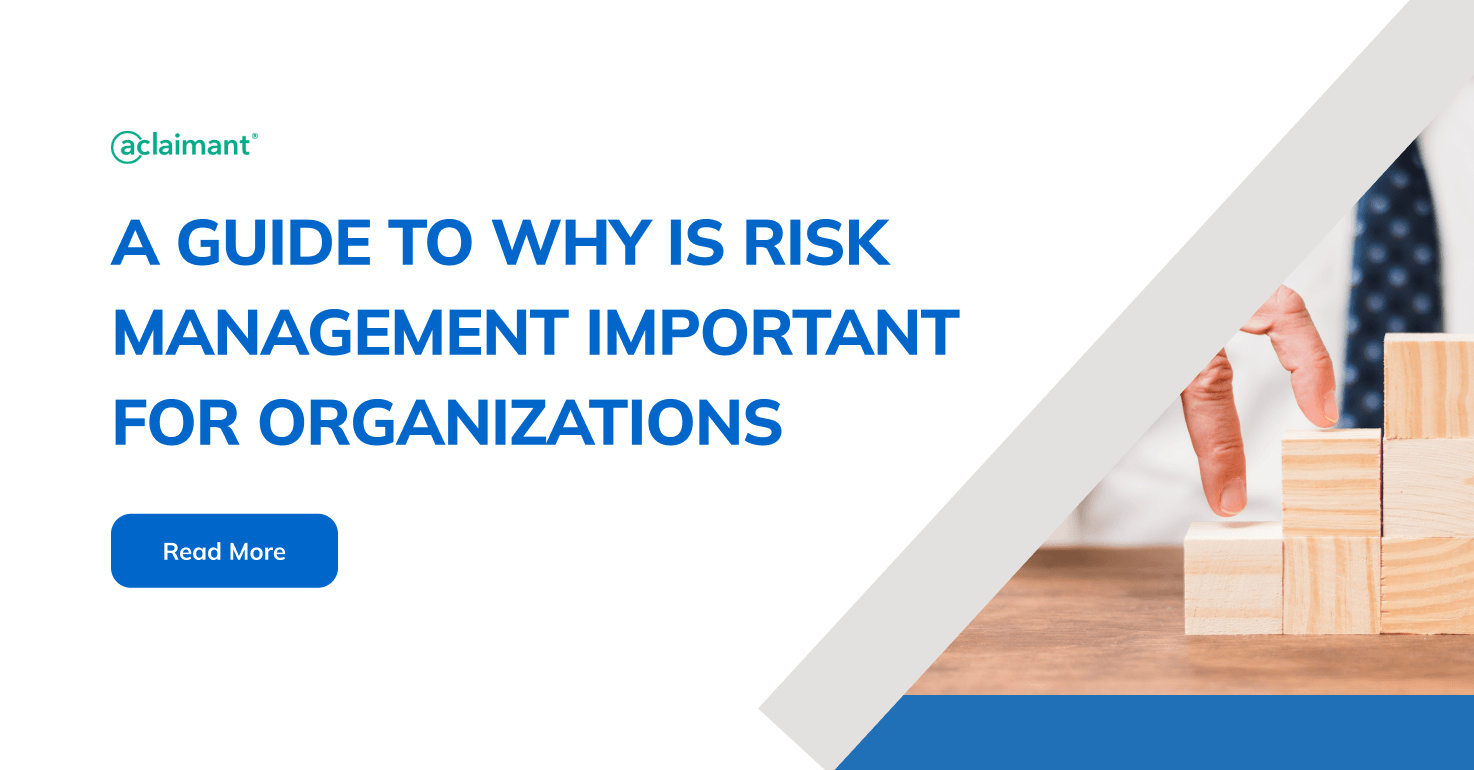The Relevance of Understanding the Significance of Risk Management in Various Industries

The Core Principle of Risk Management and Its Objective
Risk Management, the cornerstone of lots of sectors, rests on the identification, examination, and reduction of unpredictabilities in a company environment. It is an important method that enables organizations to secure their possessions, credibility, and general survival. By correctly determining possible risks, organizations can develop techniques to either avoid these threats from taking place or lessen their influence. The assessment procedure involves analyzing the chance and potential severity of these dangers. The mitigation process entails developing approaches to lower their prospective influence once dangers have actually been identified and assessed. This procedure is recurring and intermittent, guaranteeing that businesses are prepared for the ever-changing nature of Risk in various sectors. The primary objective, therefore, is to cultivate resilience among uncertainties.
Benefits of Carrying Out Risk Management in Company Procedures

Revealing the Function of Risk Management in Different Industries
While every industry challenges its special set of dangers, the implementation of Risk Management strategies continues to be an usual denominator in their pursuit of sustainability and development. In the medical care industry, Risk Management entails guaranteeing individual security and information security, while in financing, it includes mitigating investment threats and guaranteeing regulative compliance (importance of risk management). Building companies concentrate on employee security, task hold-ups, and budget plan overruns. In the modern technology field, companies minimize cybersecurity dangers and modern technology obsolescence. Eventually, the duty of Risk Management throughout industries is to recognize, analyze, and alleviate dangers. It is an important element of calculated planning, allowing organizations to secure their assets, take full advantage of chances, and accomplish their goals.
Real-life Study Demonstrating Effective Risk Management
To understand the significance of Risk Management in these numerous markets, one can look to several real-life circumstances that highlight the effective application of these actions. Toyota, upload the 2011 quake in Japan, modified its supply chain Management to minimize disruption risks. These situations demonstrate just how markets, discovering from situations, properly applied Risk Management methods to decrease future dangers.
Future Fads and Advancements in Risk Management Techniques
Cybersecurity, as soon as an outer issue, has catapulted to the center of Risk Management, with strategies concentrating on detection, feedback, and prevention. The integration of ESG (Environmental, Social, Administration) variables right into Risk Management is another growing fad, reflecting the enhancing acknowledgment of the duty that ecological and social threats play in service sustainability. Thus, the future of Risk Management lies in the blend of sophisticated technology, ingenious approaches, and an alternative approach.
Final thought
Finally, recognizing the relevance use this link of Risk Management throughout a range of industries is Find Out More crucial for their durability and success. Tailored methods can aid reduce possible risks, protect properties, and foster stakeholder depend on. Additionally, aggressive decision-making help in regulative conformity and optimizes resource use. Inevitably, effective Risk Management adds to more sustainable and resilient businesses, highlighting the relevance of this practice in today's highly affordable and dynamic business environment.
While every industry faces its special collection of threats, the execution of Risk Management techniques remains a common in their quest of sustainability and growth. In the healthcare sector, Risk Management involves guaranteeing client safety and information defense, while in financing, it involves mitigating investment threats and making sure regulative conformity. Inevitably, the role of Risk Management across sectors is to identify, assess, and minimize threats. These situations demonstrate just how markets, finding out from situations, successfully applied Risk Management techniques to reduce future dangers.
